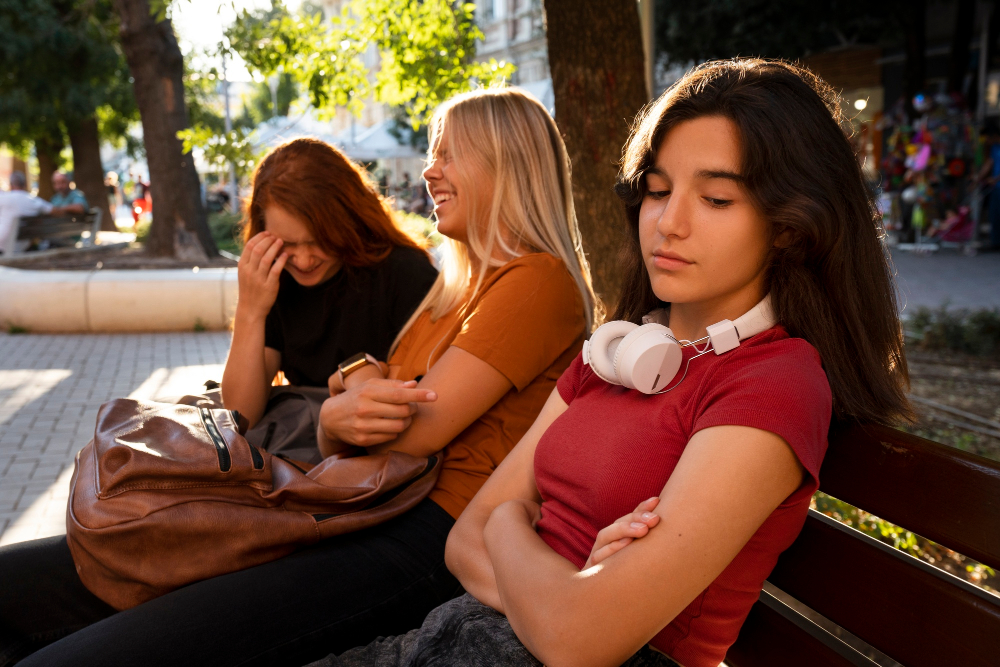
Heat stroke is a serious health problem that happens when your body gets too hot after being in high temperatures for too long. It’s more common in hot and humid weather, especially in summer. If not treated quickly, it can lead to dangerous health issues.
Many people confuse heat stroke with heat exhaustion, but they are different. Heat exhaustion causes heavy sweating and dizziness, while heat stroke can cause confusion, a high body temperature, and even fainting. That’s why it’s important to know how to prevent heat stroke to stay safe in hot weather.
What is Heat Stroke?
Heat stroke is a serious medical condition that happens when the body’s temperature goes above 104°F (40°C). It occurs when the body can’t cool itself down by sweating. If not treated quickly, it can harm the brain, heart, kidneys, and muscles.
What are the Symptoms of Heat Stroke?
Knowing the signs of heat stroke can help save a life. Common symptoms include:
- Very high body temperature (over 104°F or 40°C)
- Skin that feels dry or damp but not sweaty
- Feeling confused, dizzy, or fainting
- Fast heartbeat
- Headache and feeling sick
- Skin that looks red and feels hot
- Feeling weak or having muscle cramps
If someone has these symptoms, they need medical help right away. Ignoring them can lead to serious health problems.
What Causes Heat Stroke?
Heat stroke can happen for many reasons, but some of the most common causes include:
- Hot weather and not enough water: Being in high temperatures without drinking enough water increases the chance of heat stroke.
- Too much time in the sun: Staying in direct sunlight for a long time without shade or protection can make your body too hot.
- Hard physical activity: Doing heavy exercise or outdoor work in hot weather without drinking enough fluids can cause heat stroke.
- Wearing thick or heavy clothes: Clothes that trap heat stop your body from cooling itself properly.
- Age and health problems: Babies, older people, and those with health issues like heart disease or diabetes are more at risk of getting heat stroke.
Heat Stroke Treatment: What to Do in an Emergency
If someone shows signs of heat stroke, act quickly. Here’s what you should do:
- Move to a cooler place: Take the person indoors, into the shade, or somewhere with a fan or air conditioning.
- Cool their body down: Take off extra clothing and apply cold water to their skin. You can use a wet cloth, sponge, or put ice packs on their neck, underarms, and groin.
- Give fluids: If they are awake, let them sip cool water or an electrolyte drink. Don’t give them caffeine or alcohol—they can make dehydration worse.
- Watch them closely: If they pass out or seem confused, call for medical help right away. Heat stroke is very serious and can be life-threatening if not treated fast.
Heat Stroke Prevention: How to Stay Safe in Hot Weather
The best way to stop heat stroke is to prevent it before it starts. Here are some easy tips to stay safe when it’s really hot:
1. Drink Plenty of Water
Keep sipping water all day. If you’re sweating a lot, drink drinks with electrolytes to replace lost salts.
2. Stay Out of the Sun
Try to avoid going out between 11 AM and 4 PM when it’s hottest. If you need to go outside, stay in the shade and wear a hat and sunglasses.
3. Wear Light and Loose Clothes
Pick clothes that are light in color and loose-fitting. They help your body stay cool by letting air flow.
4. Take Cool Showers
A quick cool shower can lower your body temperature and help you feel refreshed.
5. Eat Light Meals
Avoid heavy, hot meals. Eat foods with lots of water, like watermelon, cucumbers, and salads.
6. Avoid Heavy Activity in the Heat
Try not to do hard exercise or physical work during the hottest part of the day. If you have to, take breaks often and drink water.
7. Use Fans or Air Conditioning
Stay in cool places with fans or AC. If you don’t have one, go to public spots like malls or libraries to cool off.
8. Know the Warning Signs
Pay attention to how you feel. If you feel dizzy, very hot, or weak, it could be an early sign of heat stroke—cool down right away.
Who is at Risk for Heat Stroke?
Anyone can get heat stroke, but some people are more at risk, including:
- Older adults: As we age, the body doesn’t cool down as well.
- Babies and young kids: Their bodies heat up faster than adults.
- Athletes and people who work outside: Being active in the heat raises the risk.
- People with health problems: Conditions like diabetes, heart disease, or high blood pressure can make it harder to handle hot weather
Heat Stroke vs. Heart Stroke: Are They the Same?
Many people mix up heat stroke and heart stroke (which is actually a heart attack), but they are different:
- Heat stroke is caused by the body getting too hot and not being able to cool down.
- Heart stroke or heart attack happens when blood flow to the heart is blocked, often due to fat or clots in the arteries.
Both are serious, but they have different signs and treatments.
If someone has chest pain, trouble breathing, or pain going down the arm, call for emergency help right away—it could be a heart attack.
Heat stroke is serious—but the good news is, it can be prevented. By spotting the symptoms early and acting fast with the right treatment, you can protect yourself and others.
Simple steps like drinking enough water, avoiding too much sun, and staying cool can make a big difference.
If you or someone near you shows signs of heat stroke, don’t wait—cool down right away and get medical help if needed.
Stay cool, stay safe!


